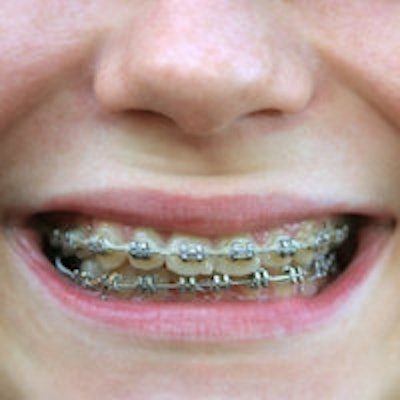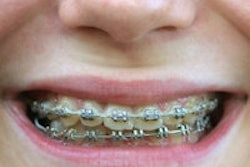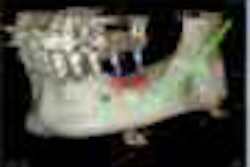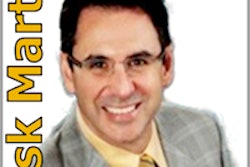
Can orthodontists select an individual set of records needed for each patient rather than the full suite of dental models, facial and intraoral photographs, a set of 2D radiographs, and clinical measurements? A study in PLOS One implies just that, with the caveat that the researchers found only a few high-quality studies in the area.
In the study, a Dutch team reviewed the published literature and concluded that cephalograms are not needed for treatment planning in class II malocclusions, while digital models can replace plaster casts, and cone-beam CT (CBCT) is suitable for impacted canines.
The researchers, therefore, are calling for more research on the topic, including on the contribution of newer technology such as magnetic resonance imaging (MRI) and optical laser scanners.
"The minimum record set required for orthodontic diagnosis and treatment planning remains undefined," wrote Robine Rischen, DDS, from the department of orthodontics and craniofacial biology at the Radboud University Nijmegen Medical Centre, and colleagues (PLOS One, November 2013, Vol. 8:11, e74186).
The researchers estimated the relative contribution of each type of diagnostic record for treatment planning in regular orthodontic patients. They did this based on a review of literature published between 1948 and July 1, 2012, in a variety of electronic databases, including PubMed and Embase, and searches of the references in the studies from the electronic databases. A total of 12 studies from the electronic databases met the team's criteria, as did five from the searches.
Twelve of these studies were not focused on impacted teeth, including three that compared treatment planning based on records with or without 2D radiographs, six compared treatment plans based on an extensive record set to a record set that included a cepahlometric radiograph and analysis, two focused on records with plaster versus digital casts, and the remaining study compared records with or without plaster casts mounted in an articulator.
The other studies examined impacted teeth, including two that compared 2D radiographs to multislice CT and three that examined 2D radiographs versus CBCT.
The team carefully analyzed the quality of each study and found only four had a low risk of bias and other indicators of high-quality methods. This meant that there were insufficient studies for a meta-analysis. The four studies found the following:
- Dental models alone provided sufficient information in 55% of cases, compared with adding facial photographs, a panoramic photograph, a lateral cephalograms, and a tracing (American Journal of Orthodontics & Dentofacial Orthopedics [AJO-DO], September 1991, Vol. 100:3, pp. 212-219).
- Using a cephalometric radiograph did not affect treatment planning in adolescents with class II division I malocclusion (European Journal of Orthodontics, December 2008, Vol. 30:6, pp. 630-635).
- Digital orthodontic study models can be used instead of plaster study models for treatment decisions concerning class II malocclusion (AJO-DO, October 2006, Vol. 130:4, pp. 485-491).
- CBCT is a better choice than 2D radiographs for assessing the location and best treatment plan for impacted maxillary canines (AJO-DO, May 2010, Vol. 137:5, pp. 590-597).
A review article examined by the team appeared to corroborate all of these results (Orthodontics & Craniofacial Research, February 2011, Vol. 14:1, pp. 1-16).
Dental casts were used in all the studies, "but there is no evidence that dental casts are definitively needed for orthodontic diagnosis and treatment planning," according to authors of the current study. "For example, intraoral photographs could be a good alternative to dental casts. Before conclusions can be drawn, more research about this topic is needed."
Jay Friedman, DDS, MPH, a dental consultant in Los Angeles, has been advocating for years against nonevidence-based practices in dentistry, including against the use of routine head x-rays (see Dentomaxillofacial Radiology, December 2010, Vol. 39:8, pp. 520).
"You can almost always tell by sight whether someone has malocclusion and whether it’s mild or severe. In addition, having an orthodontic procedure is almost always cosmetic -- it's rare that it's so bad that it affects people's health in any way," Dr. Friedman said in a phone interview with DrBicuspid.com. "So why do a cephalogram? You're irradiating the brain."



















